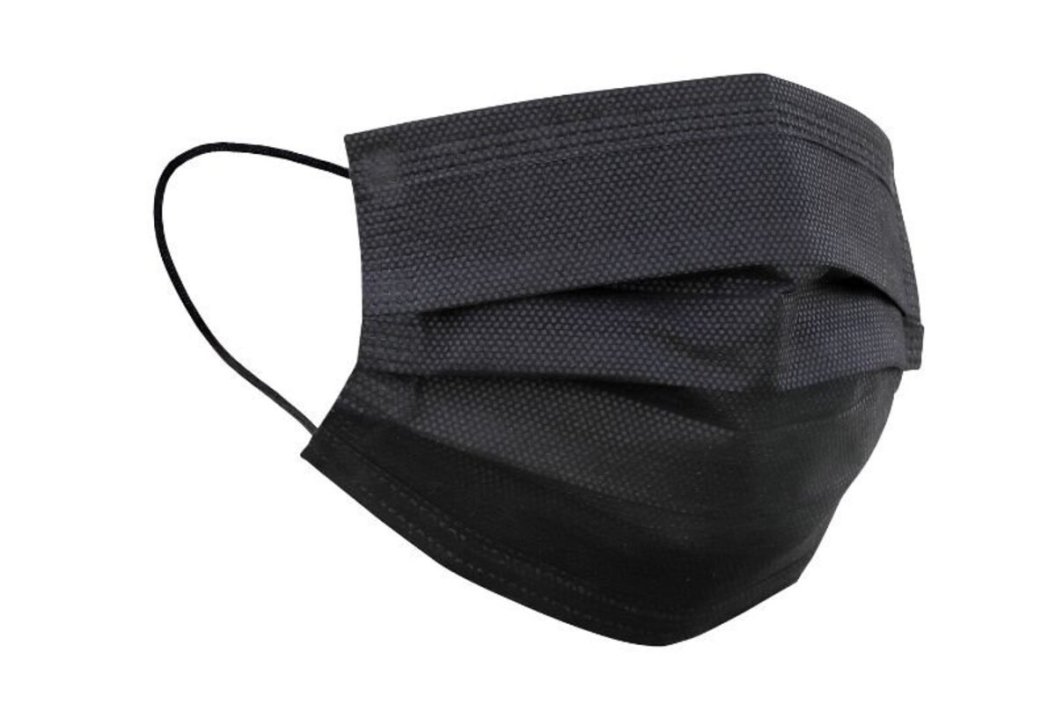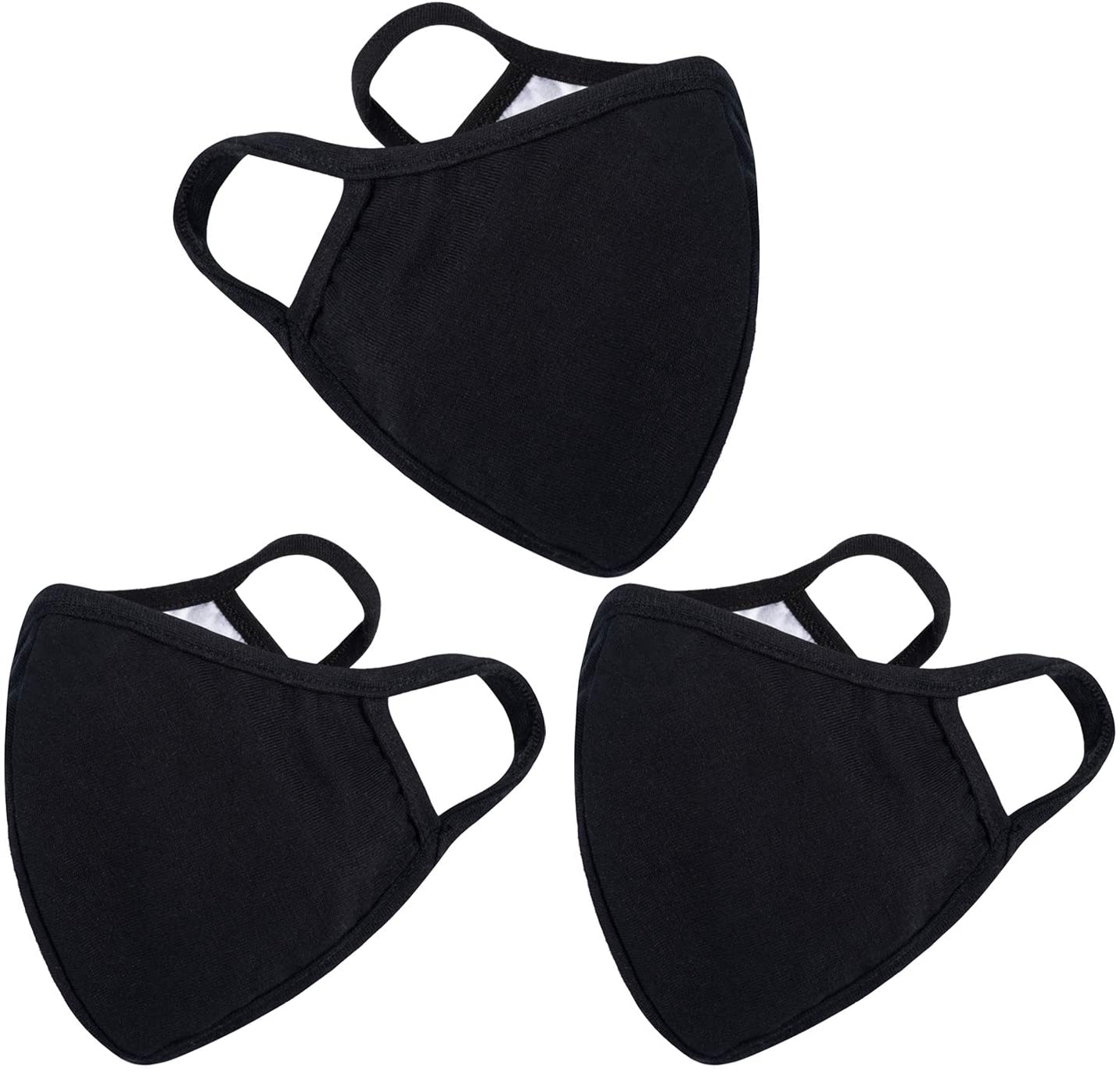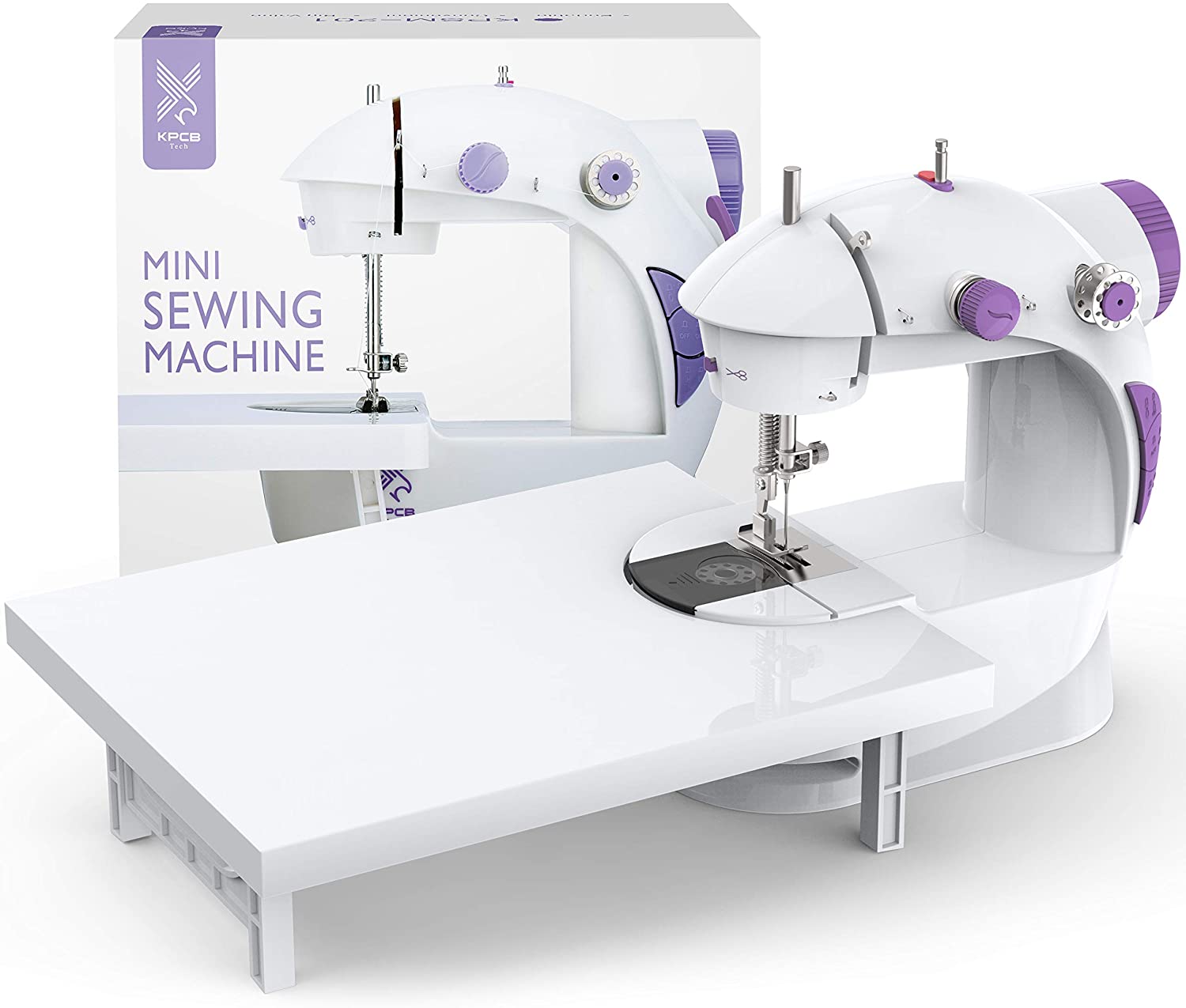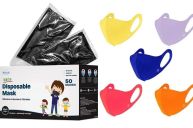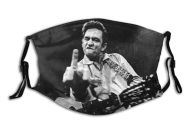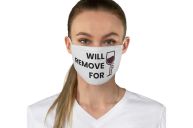The Centers for Disease Control and Prevention has officially recommended the use of cloth face masks. For a while, the CDC said that masks weren't necessary unless you were sick or caring for infected people. At this point, the CDC wants us to do everything we can to prevent the spread of COVID-19 during the pandemic and recommends wearing two masks — particularly at least one single-use surgical mask and another mask.
You may be wondering why they recommended cloth masks instead of respirators. Dust masks vs. respirators, what's the difference? A disposable half-mask doesn't live up to the quality of an N95 respirator. Although our coronavirus frontline workers need respirators as part of their PPE more than we do.
Dust Mask vs. Respirator
Dust Mask
- Ideal for sanding & nuisance dust
Dust masks will protect the wearer's mouth from merely droplets and dust. That's the major difference. If you can wear some kind of facepiece that won't transfer wet particulates to another person, do it. Believe it or not, you're being a hero if you wear one.
You can find non-NIOSH (The National Institute for Occupational Safety and Health) approved dust masks on Amazon today. If you take a look at the description, most personal protective equipment companies are transparent about the use. There is no need to look for a full-face respirator.
The use of respirators will benefit our healthcare workers, first responders, and hazmat crews much more than the people mostly staying home every day. For more dust mask vs. respirator information, visit cdc.gov.
Respirator
Respirators are essential respiratory protection devices for healthcare workers. The N95 respirator has an Advanced Electorastic Media that captures airborne particles and helps block aerosols.
According to the CDC, this is the definition of an N95 FFR:
An N95 FFR is a type of respirator which removes particles from the air that are breathed through it. These respirators filter out at least 95% of very small (0.3 micron) particles. N95 FFRs are capable of filtering out all types of particles, including bacteria and viruses.
The CDC can't stress this enough. Healthcare personnel needs these filtering facepieces more than we do. These half-face respirators have nose clips that provide extra protection from viruses. If you happen to have some unboxed N95 masks, consider donating them to healthcare personnel.
As we continue to leave our homes for essentials, we can do our part by leaving N95 masks to our frontline workers and using tight-fitting reusable cloth masks and other masks. That's right, cut up an old T-Shirt or use a bandana, add ear loops, and make sure it's not too loose-fitting.
Best Mini Sewing Machine for Homemade Masks
This mini sewing machine is available for under $40. It's budget-friendly and gets the job done for homemade dust masks.
This article was originally published on April 9, 2020.
